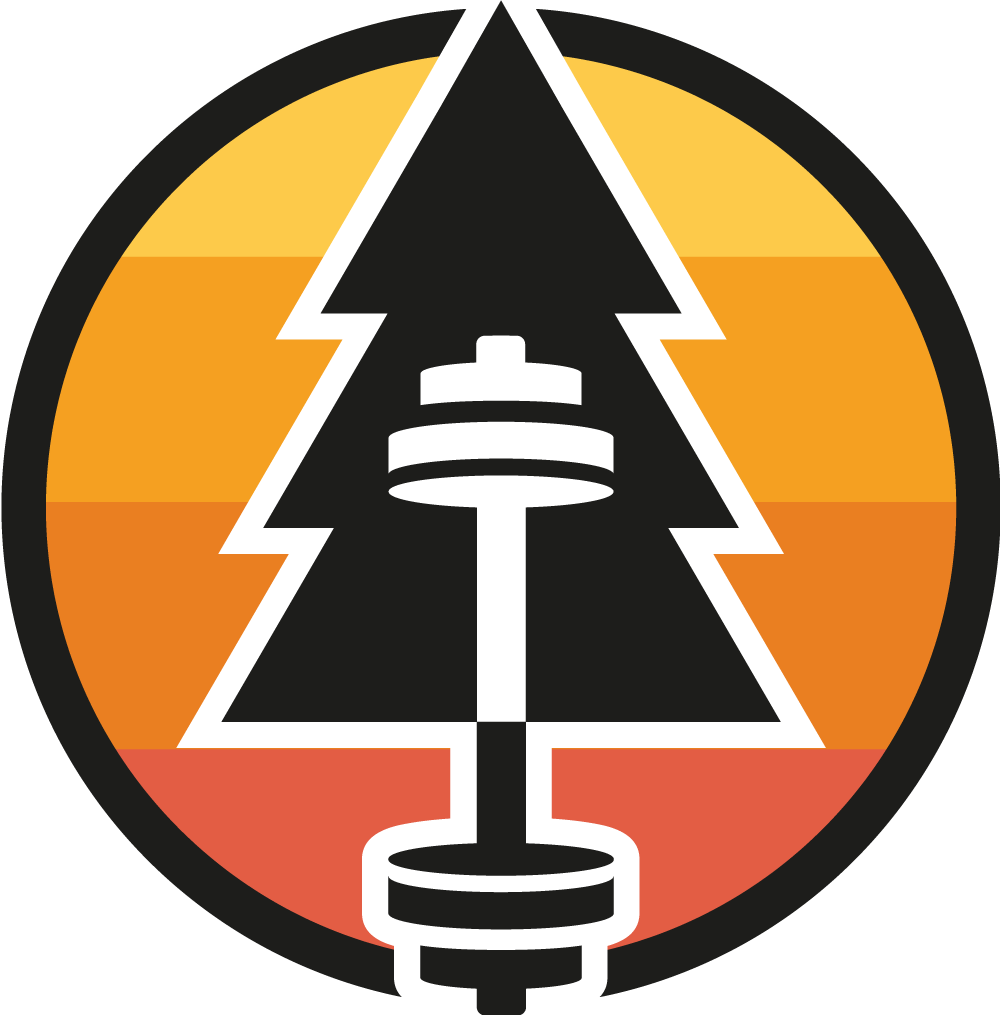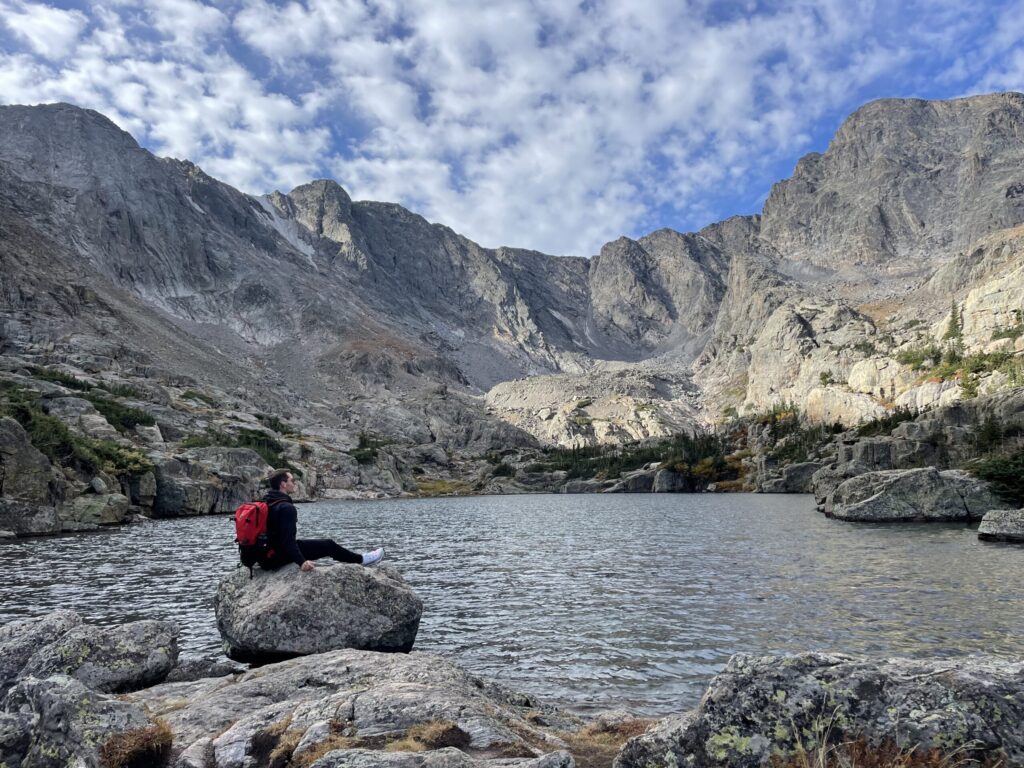
Rocky Mountain National Park: A Healthy Travelers Guide
Rocky Mountain National Park is a gem of Colorado and a must-visit destination for hikers, adventurers, and nature lovers. Nestled in the towering peaks of the Rockies, it offers breathtaking views that will make your jaw drop. However, planning a trip to the park can be daunting, especially if you’re not familiar with the area. But don’t worry, I’ve got your back! In this post, I’ll give you some of my top recommendations to add to your itinerary to help you make the most out of your visit. I’ll also give you suggestions on what to pack, the gear you’ll need, and when the best times to visit the park are. Plus, I’ll share my favorite hiking trails, the best restaurants and breweries in the area. So, let’s jump into it!

What to Pack and the Gear You’ll Need
When planning your trip to Rocky Mountain National Park, you’ll want to pack and wear clothes that are appropriate for the weather. Layers are key since the weather conditions can change quickly. You’ll also want to bring a hat, sunglasses, sturdy shoes, and rain gear. I like the Timberland Mt. Maddsen Hiking Boots or The North Face Vectiv Trail Runners for hiking. Both offer great support and grip. My favorite day pack is LL Bean’s Bigelow Day Pack to carry your snacks, water, and everything else you may need. Speaking of snacks, it’s essential to have protein bars and shakes to keep you fueled during your hikes. I love Quest Protein Bars. They’re the most macro-friendly protein bar option in my opinion and they’re pretty low calorie, which is usually what I look for. I also love Core Power Elite Protein Shakes. I usually bring a couple every time I go out on a longer hike, just an easy 42 grams of protein per bottle.
Best Times to Visit Rocky Mountain National Park
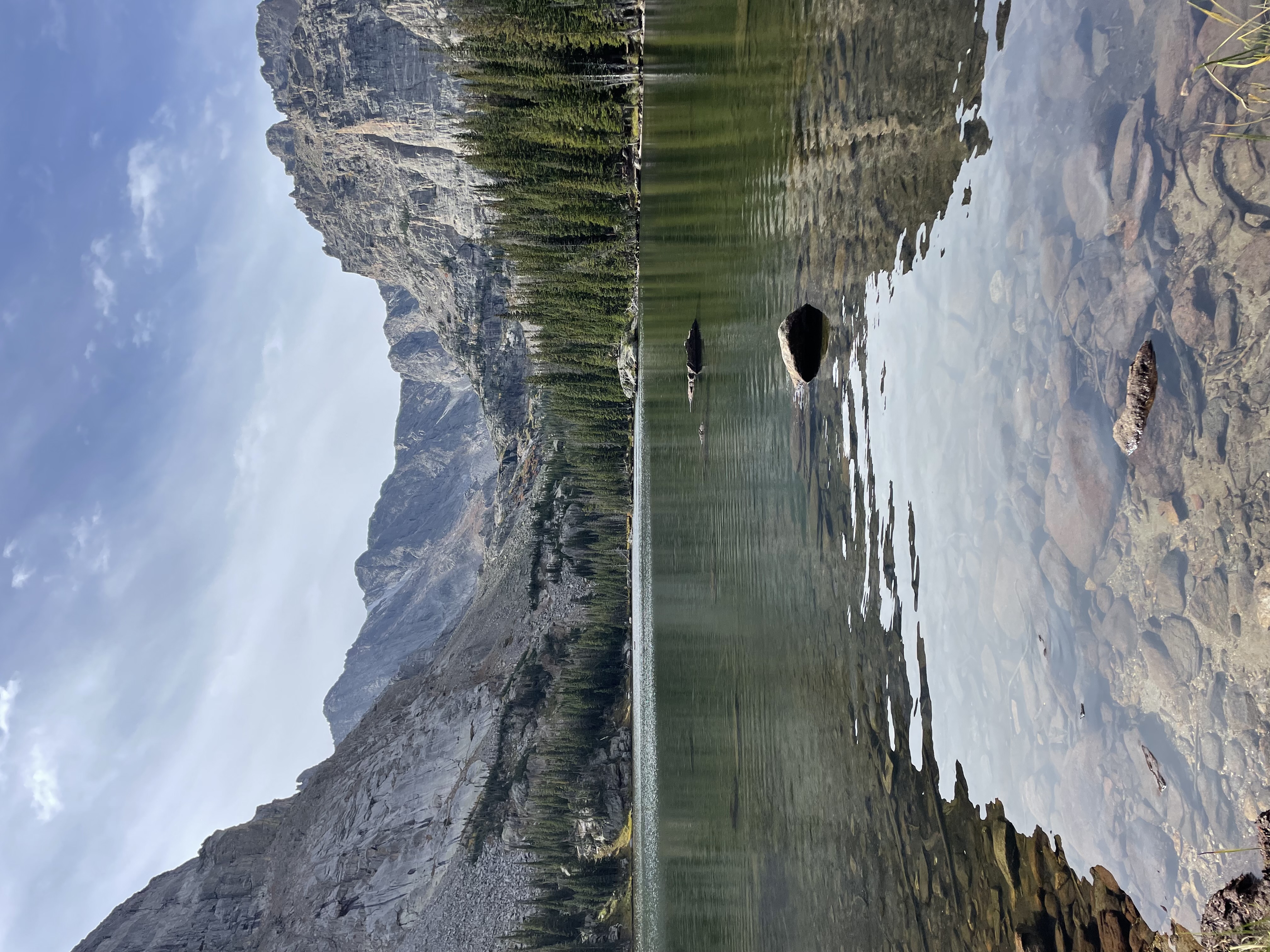
The best times to visit Rocky Mountain National Park are in the summer and fall. In the summer, the weather is perfect for hiking, wildlife viewing, and water activities. However, it can get crowded, so it’s best to arrive early. In the fall, the park comes alive with vibrant autumn colors, and the crowds thin out. I visited towards the end of September right when the leaves were starting to change, it was beautiful.
During the peak months, a timed entry pass is required to enter the park. Additionally, there are park entrance fees; however, I definitely recommend purchasing the America The Beautiful pass, which grants access to all national parks for just $80. Typically I’ve seen a single park pass cost $35. So if you’re planning to visit multiple parks in a year, this is the way to go.
Hiking RMNP
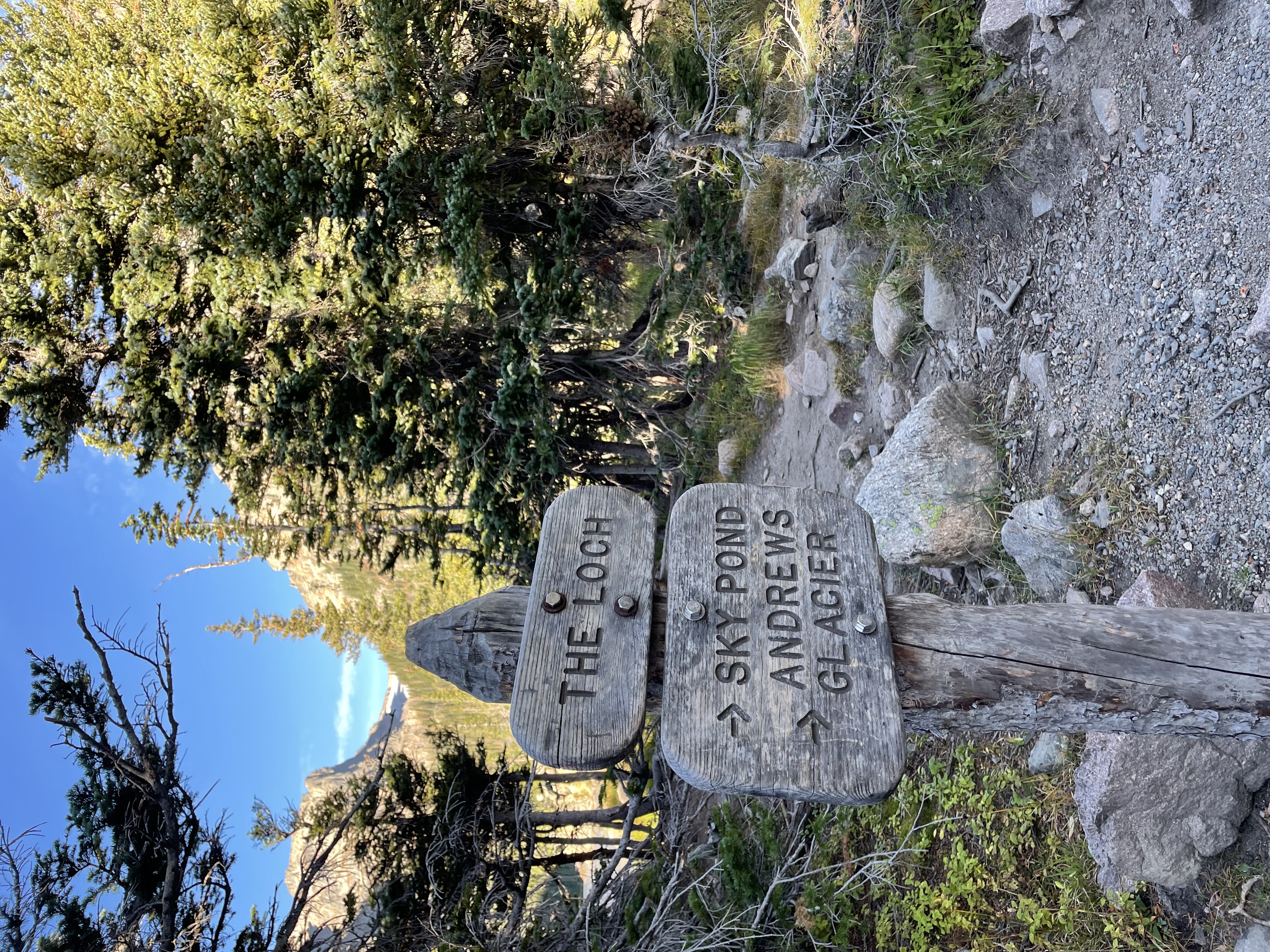
Rocky Mountain National Park has over 300 miles of hiking trails, offering something for every level of hiker. The trails vary in length, difficulty level, and elevation gain. I suggest using AllTrails to help you plan your hikes, locate trails, and track your progress. My favorite hike was Sky Pond Via Glacier Gorge Trail, an 8.6 mile, strenuous hike. At the top of the trail, you’ll be rewarded with stunning views of the beautiful lakes and the breathtaking sight of the Shark’s Tooth. However, if you’re not up for such a challenging hike, there are plenty of other options. Check out the list below for more options:
- Emerald Lake Trail (3.2 miles, Easy)
- Bear Lake Trail (0.7 miles, Easy)
- Chasm Lake Trail (8.0 miles, Strenuous)
- Cub Lake Trail (5.2 miles, Moderate)
- Mills Lake via Glacier Gorge Trail (5.6 miles, Moderate)
Wildlife in the Park
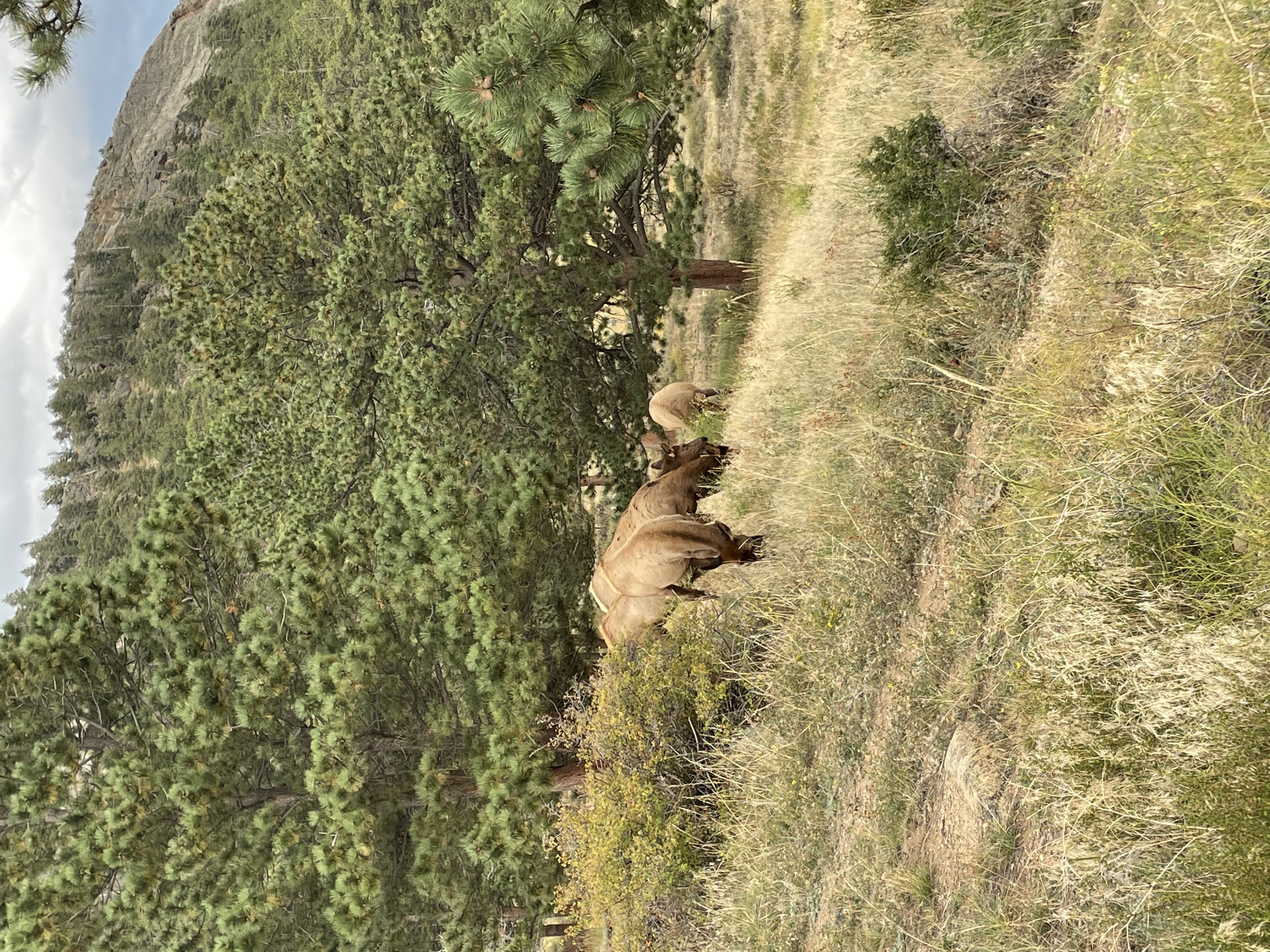
Wildlife viewing is a profound experience in Rocky Mountain National Park, as the region is teeming with a diverse array of species. One of the most iconic animals is the American Elk, often spotted grazing in meadows near the Beaver Meadows Entrance.
If you traverse the higher altitudes, you could encounter the nimble Bighorn Sheep, notably around the Sheep Lakes from May through mid-August. The park is also home to the majestic Moose, typically seen around the Kawuneeche Valley on the park’s west side. Don’t forget to keep an eye out for the smaller creatures, too. Marmots and pikas, for instance, inhabit rocky areas. While observing wildlife, remember to maintain a safe distance and respect their natural habitats.
Estes Park and Boulder
After a long day in the park, you’ll want to refuel and unwind with some delicious food and drink. Estes Park offers plenty of options for every taste, budget, and dietary needs. If you’re looking for healthy options, check out the Trailhead Restaurant or Kind Coffee. If you’re in the mood for a beer, the Lumpy Ridge Brewing Company or Estes Park Brewery are great choices. For a memorable dining experience, visit the historic Stanley Hotel. Located just outside of Rocky Mountain National Park, this iconic hotel is known for its old-world elegance and excellent service. The onsite restaurant serves up classic American fare prepared with locally sourced ingredients. From steak to seafood, there’s something for every appetite.
If you’re a fitness nut like me and want to get a workout in after a day of hiking, there’s a CrossFit gym right in Estes Park. When I was visiting I stayed in Boulder just 45 minutes away. There were a variety of gyms to choose from but I went the 24 Hour Fitness in Town. It was perfect for the few days I was there and the guest pass really wasn’t too expensive from what I recall.
Rocky Mountain National Park is a breathtaking destination that offers endless possibilities for hiking, exploring, and relaxation. Planning a trip can be overwhelming, but with this guide, you’re well-equipped to make the most out of your visit. Remember to pack layers, wear sturdy shoes, bring protein bars, and use the Alltrails app to help you plan your hikes. Don’t forget to indulge in some delicious food and drink after a long day in the park. Follow these recommendations and you’re sure to have a memorable trip! And if you want more travel and adventure inspiration, be sure to follow me on social media @wandering.weights. Happy exploring!
